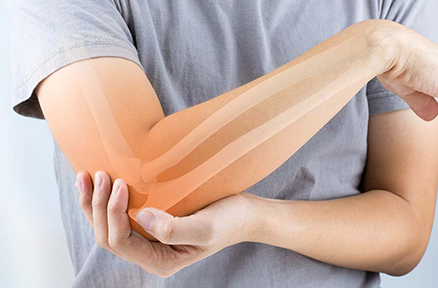If you’re upping your distance training, read these tips and get ready to pound more ground in the cooler fall weather.
Running in California is a year-round activity thanks to mild weather and beautiful scenery. And the cooler fall months ahead make training for longer distances that much more accessible. But as you increase your mileage, you also increase your chance of injury, dehydration, and burnout.
If you’re not training properly and increasing your mileage at a proper pace, you may find yourself sidelined. Common running-related injuries include plantar fasciitis, Achilles tendinitis (strain on the tendon connecting the calf muscle and heel bone), IT Band stress, runner’s knee (pain caused by the connective tissue from the pelvic bone down to the shinbone rubbing) and shin splints.
Fortunately, the majority of these running-related injuries are short-term, can be self-diagnosed in certain cases and resolve with two weeks to a month of rest. But if you want to avoid getting to that point, you need to train, fuel and recover wisely. Wondering where to start? Read below for some tips.
Tips for running long distances
Shorten your running stride
This may sound counterintuitive and inefficient, but shortening up your running strides increases overall endurance by making your body work more efficiently. Shorter strides mean lighter strides with less overall impact, more time in the air and less breaking on the ground.
Shorter running strides also allow you to strike the ground with the mid and balls of the foot more frequently. The ideal rate for runners is to take 180 steps per minute.
Find a shoe that works for you
There is no one shoe that will work for everyone. New shoe models come out each season that incorporate new and evolving technology. Some shoes feature thinner soles, which can force you more onto the balls of your feet instead of on the heels.
But keep in mind that if your shoe is working for you and not causing issues, you should stay with that particular shoe style and not just go along with the most recent shoe trend.
If you are new to running or having issues with your current pair of shoes, it is helpful to visit a running store that will evaluate your foot stride and find the proper running shoe and fit for you. How often you should change your running shoes is a debatable topic, but generally changing shoes around 300 miles of use is a good idea.
Vary your training
Mix up your training by incorporating one shorter, faster run with one longer slower paced run each week. And each week increase your long run mileage by no more than 10 percent. For example, if you’re long run is five miles long, the next week’s long run should be around five-and-a-half miles, and so on.
Even better, cross-train one day a week by either biking or swimming. This allows you to keep training aerobically while giving the running-specific muscles a bit of a rest. Yoga is also a great complementary activity to keep your muscles relaxed and your mind at ease as you start knocking off longer races.
Running for weight loss
If you have started running in an effort to lose weight, in the beginning, it is important to maximize all types of cross-training and not only running. As you begin to lose weight, that is a great time to increase the percentage of time you are spending on running. But make sure not to ignore biking and swimming, as they are great training techniques as well.
Fuel well, sleep well
Nutrition becomes increasingly important as you log longer distances. Start carrying water with you on your long runs that last over an hour, as well as sources of fuel such as Clif Shot Bloks. Depending on the temperature and your current hydration levels, you will require different amounts of liquid to stay hydrated. Don’t wait until you feel thirsty before taking a sip, and drink often.
R & R
Rest and recovery are just as important as the training itself. Aim to get at least seven hours of sleep each night. Muscle recovery and repair occurs while we sleep, and the higher the quality of sleep you get the more recovered your muscles will be. Nobody’s sleep requirements are exactly the same; some will be fine with seven while others might need over eight hours.
Avoid overtraining
Above any one single tip or piece of advice, listen to your body and make training adjustments when something feels off. Don’t sign up for as many races as you think you can cram into your schedule. Take one rest day a week in order to avoid burnout!
And finally, have fun. There’s no reason to place undue stress or pressure on yourself because that will result in injuries. Smile, lace up and enjoy your runs.



